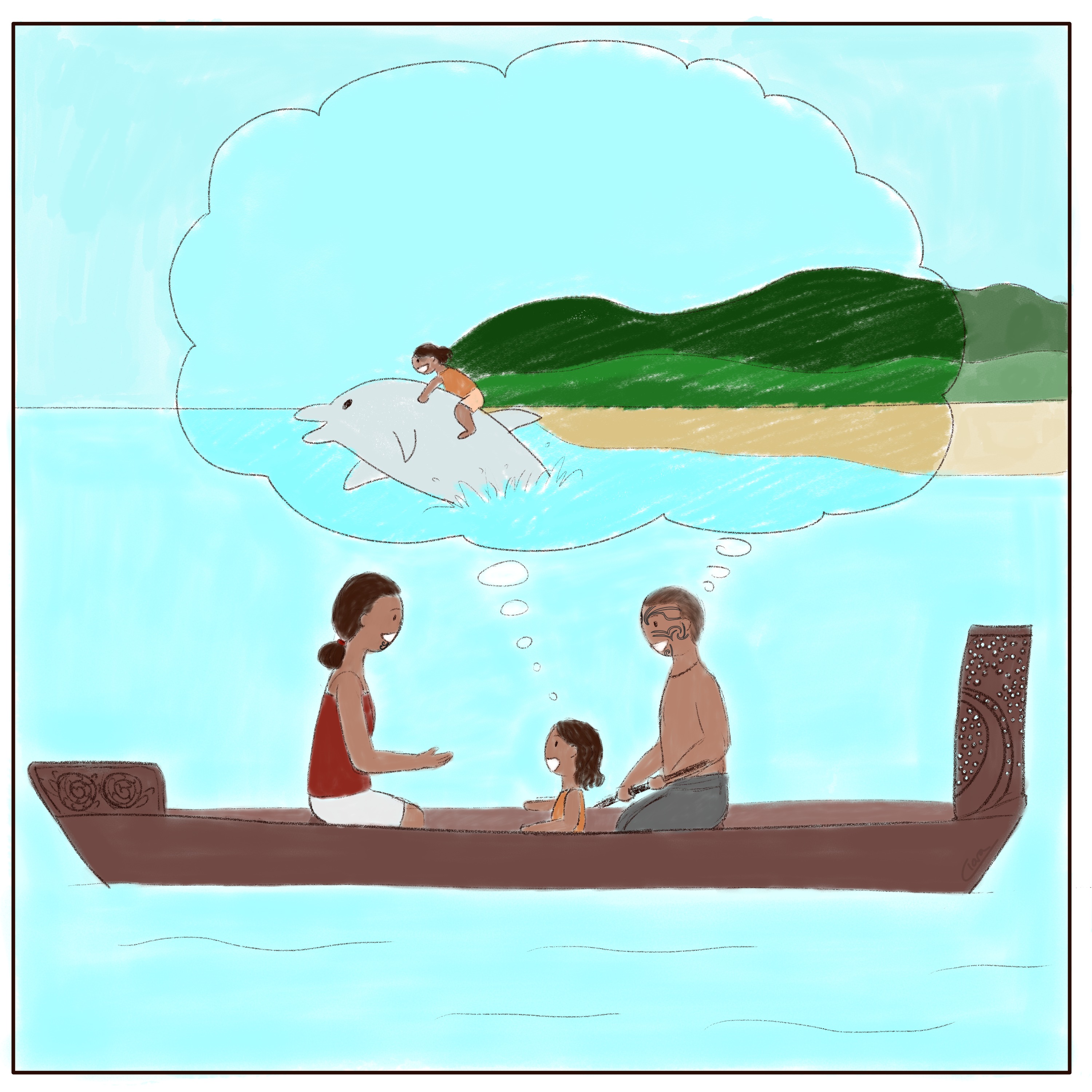Does telling stories to a child help build literacy skills?

Narratives are often structured in a certain way. There are characters, settings, a plot, and a conflict and resolution. Narratives can take many forms, from story books to oral story-telling, and their tradition stretches back to the beginnings of human history and across cultures. Narratives are one of the oldest and most important ways to share and keep cultures alive. Understanding the way that stories flow, or ‘narrative comprehension’, can help a child learn to read.
One way to build narrative comprehension is to tell stories to a child from a young age. When the child is older, you can ask them about the story: Who is your favorite character? What do you think will happen next? Let their imagination blow you away!
Once children are old enough, you can do paired storytelling, where you and your child relay telling parts of the story! By reading or storytelling, and engaging your child in the stories you read or tell, you will be building the foundations for their future literacy skills.
The best part is that you do not even need a book! You can engage in storytelling with your child anywhere and at any time: While taking a long drive, walking to school, or even as you paddle a canoe together. And if you don’t know what story to invent, your favorite stories or funny memories are a great place to start!
The scientific sources of our comic:
Agosto, D. (2016). Why storytelling matters. Children and Libraries, 14(2), 21–26. https://doi.org/10.5860/cal.14n2.21
Maureen, I. Y., van der Meij, H., & de Jong, T. (2018). Supporting literacy and digital literacy development in early childhood education using storytelling activities. International Journal of Early Childhood, 50(3), 371-389.
Caldwell, H., & Moore, B. H. (1991). The art of writing: Drawing as preparation for narrative writing in the primary grades. Studies in Art Education, 32(4), 207-219. https://doi.org/10.1080/00393541.1991.11651847
